Dispatch from Romania
By Tim Anderson
Associate Professor of Geography
In his widely acclaimed history of Romania from prehistoric times to the present, Romania: Borderland of Europe, the noted Romanian scholar Lucian Boia argues that the “soul” of the country, its national identity, is deeply rooted in tropes associated with the peasant village, a largely agricultural past and an attendant distinctive folk culture and landscape.
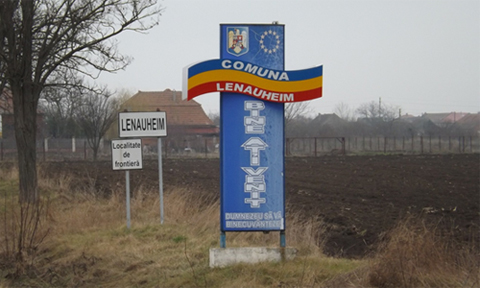
The village of Lanauheim, settled by German colonists in the late 18th century;
The Germanic place name contrasts with the Latin-based Romanian welcome sign.
Since 1989 (the overthrow of the Ceauşescu regime occurred in December of that year) and the country’s ascension to full membership in the European Union in 2007, however, Romania, like the rest of eastern and southeastern Europe, has experienced rapid economic and social changes that are increasingly challenging “traditional” cultural ideals. As such, the country is currently in the throes of competing discourses involving various actors regarding the nation’s rural, agricultural past and its imminent future as a full-fledged member of an increasingly post-industrial European Union economy.
These discourses are “worked out” in various ways: in competing political dialogues; in the media; in national discussions that juxtapose national ideals with an increasingly dominant western-influenced popular culture represented by the intrusion of American fast-food outlets and hip-hop music.
As a geographer, I am keenly aware that such discourses do not happen in a vacuum – they are also played out in spaces and places and are thus reflected in the cultural landscape. During my tenure as a Fulbright scholar based in the western city of Timişoara, I have had the opportunity to visit several cities, as well as small, far-flung rural settlements (where my research is based). Although I have been here only a short time, I have been struck by how the cultural landscapes of the country reflect at least three of these competing discourses.
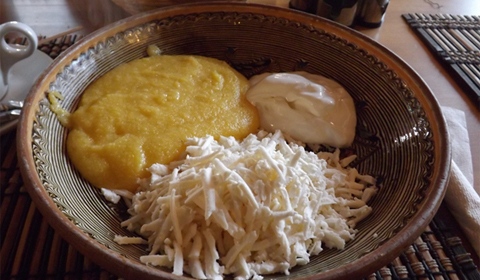
East meets West: One of the Romanian national dishes – Polenta with fresh sheep’s cheese and sour cream.
One Foot in the East, One in the West
It is easy to understand why Boia characterizes Romania as a “borderland.” At one time or another present-day Romania has been occupied and claimed by a variety of different population groups or polities: Thracians, Dacians, Romans, Huns, Saxons, Hungarians, Ottomans and, most recently, the Habsburg double monarchy; indeed, the modern Romanian state emerged only in 1918 in the aftermath of WWI. This is to say nothing of the pervasive changes engendered by Russian influence during the Socialist era.
Each of these groups left its mark, and this helps to explain the distinctive cultural landscapes of the country, as well as its distinctive linguistic and religious traditions. The Roman influence is obvious: Romanian is a Romance language, its grammar and phonology clearly of Latin origin. Yet there are hundreds of words of Germanic, Hungarian and, especially, Slavic origin that have made their way into the language; to the untrained ear Romanian “sounds” Slavic, but on closer inspection it is clear that it has much more in common with Italian and Spanish than Russian or Czech. The religious landscape also reflects a mélange of influences. While most Romanians adhere to orthodox Christianity, there are significant of Roman Catholics, especially in the Banat and in Transylvania where German populations were once dominant.
One Foot in the Past, One in the Future
According to the most recent statistics from the Population Reference Bureau, in 2013 45 percent of Romania’s population continued to live in rural places; only a handful of other countries in Europe (e.g. Serbia, Albania, Macedonia) had a similar rural to urban population ratio.
The rural-urban landscape dichotomy is especially pronounced in Romania. Visiting small rural villages, one is still likely to encounter horse-drawn wagons and shepherds tending large flocks of sheep.
On the other hand, other demographic statistics (e.g. very low birth rates and fertility rates) dovetail well with those of the “developed” economies. And with regard to modern information technology, Romania is perhaps the most “connected” country on Earth – lightning fast wireless Internet connections are ubiquitous and free of charge in every hotel, restaurant and cafe, and virtually every square inch of the country is covered by a dense cellular telephone network.
A Socialist Past, a Postmodern Future
Like other developing economies of eastern and southeastern Europe, the urban landscapes of Romania are characterized by a mixture of socialist architectural features (usually on the suburban fringe) and newer postmodern landscapes resulting from recent investments, often from Western Europe.


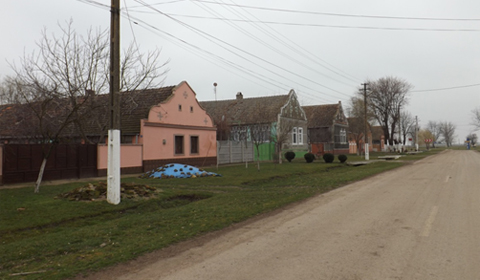
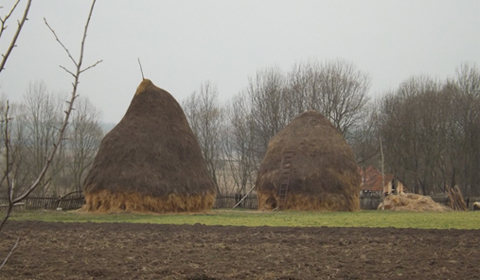
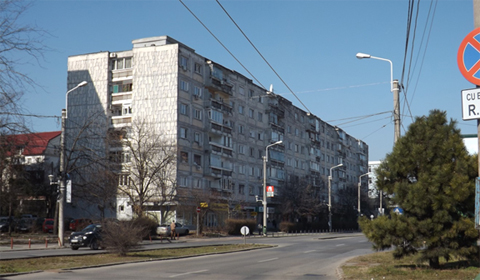
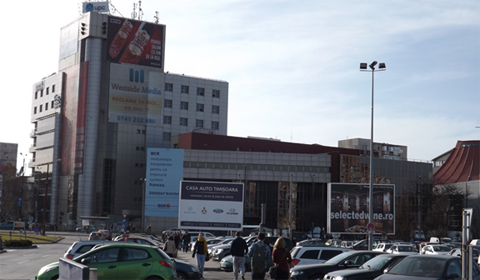

















Comments